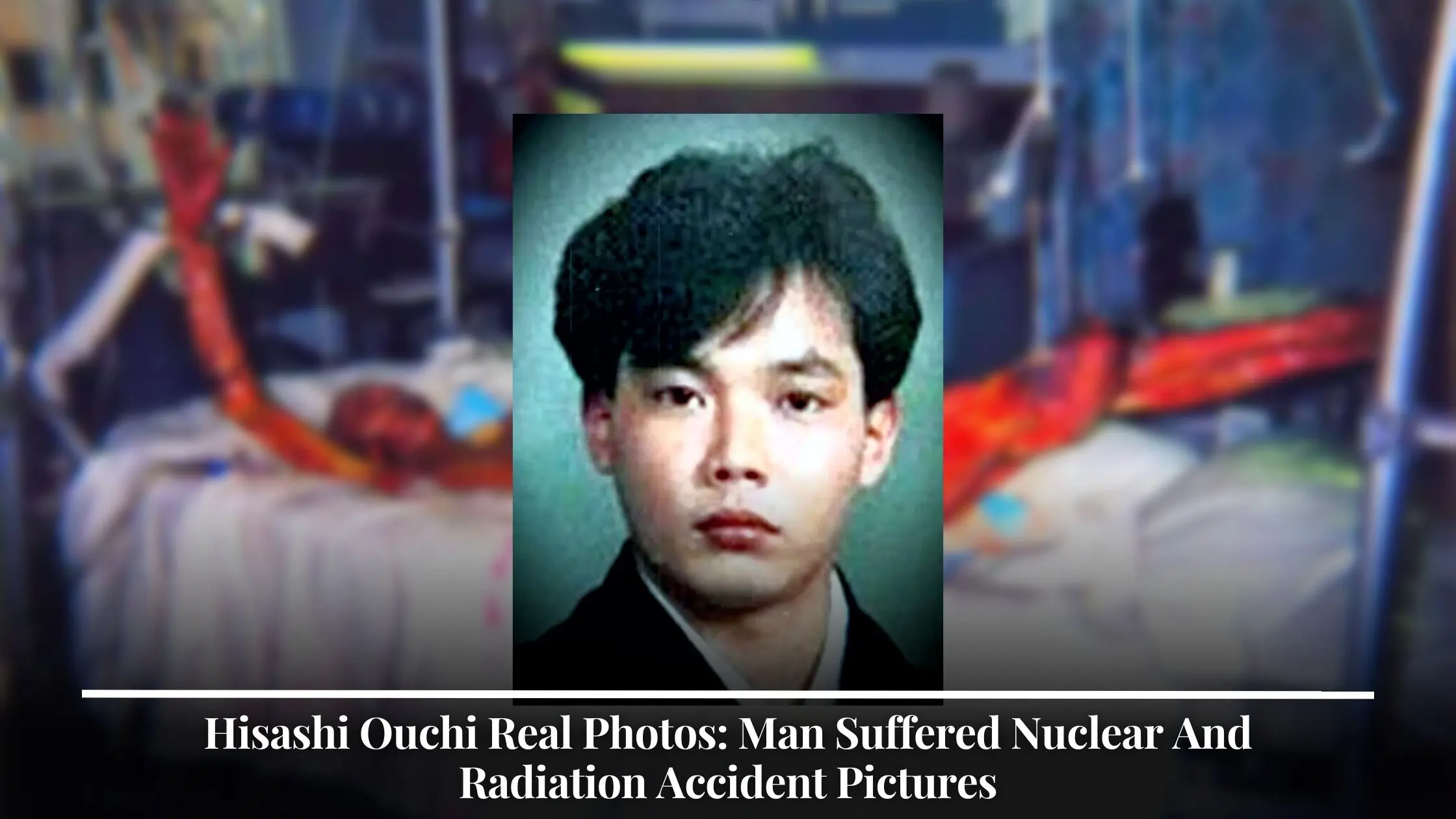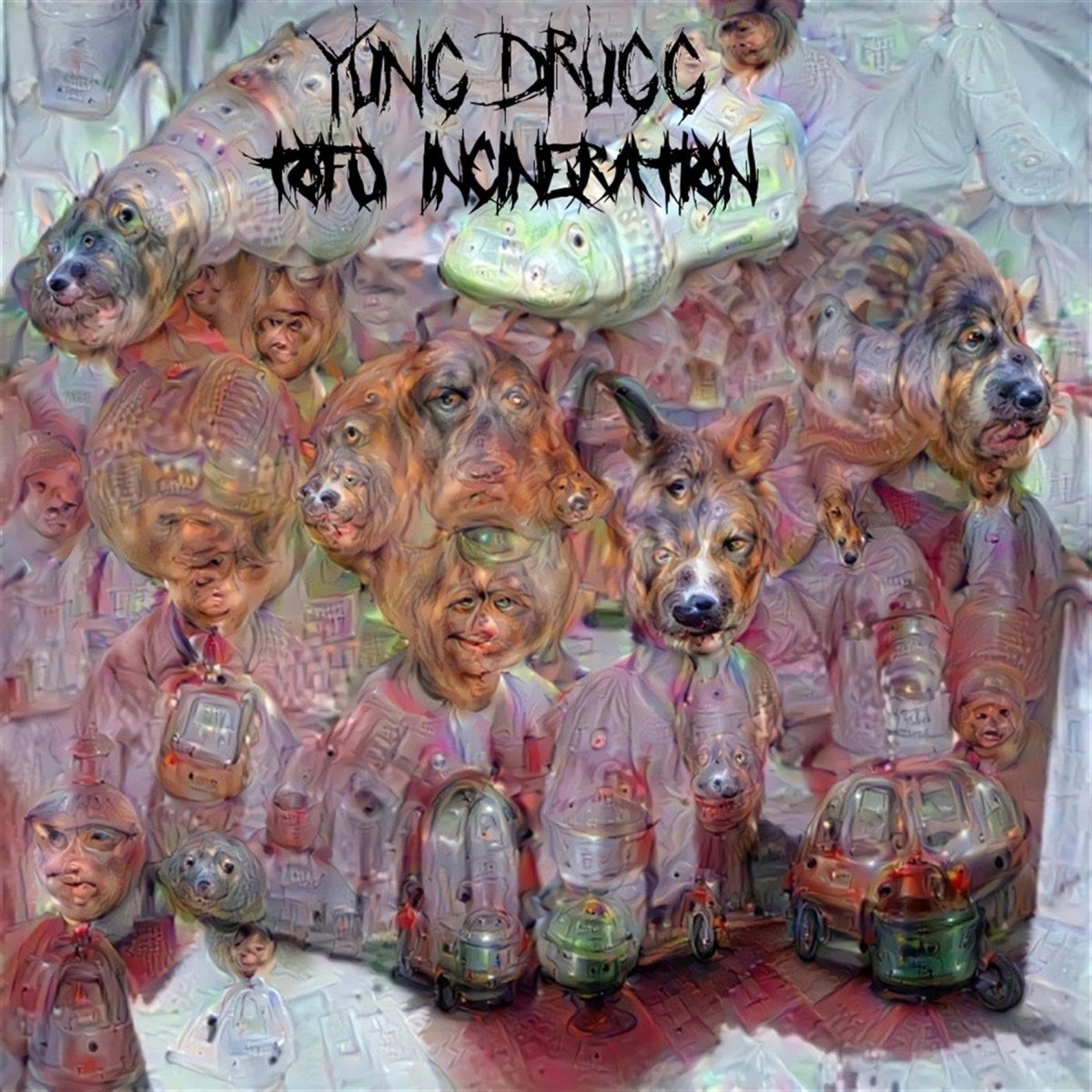Hisashi Ouchi's real photos have become a subject of widespread interest, reflecting the profound impact of his story on global audiences. His tragic experience during a critical accident at a nuclear facility has left an indelible mark on history. As we explore Hisashi Ouchi's life and legacy, it's essential to approach this topic with sensitivity and respect.
Hisashi Ouchi's story is not just about the images that have been shared worldwide; it's about understanding the human side of a catastrophic event. This article aims to provide an in-depth look into Hisashi's life, the circumstances surrounding the accident, and the significance of his story in shaping discussions around nuclear safety and human resilience.
Through this exploration, we will examine Hisashi's journey, the challenges he faced, and the lessons learned from his experience. This is more than just a recount of events; it's a tribute to a man whose story continues to resonate with people around the globe.
Read also:Movierulz 2025 Kannada Dubbed A Comprehensive Guide To Your Movie Streaming Needs
Table of Contents
- Biography of Hisashi Ouchi
- The Key Event: The Criticality Accident
- Hisashi Ouchi's Real Photos
- Impact on Media and Public
- Health Effects and Medical Challenges
- Lessons Learned for Nuclear Safety
- Global Reaction and Legacy
- Data and Statistics
- Ethical Considerations
- Conclusion
Biography of Hisashi Ouchi
Hisashi Ouchi was born in Japan and worked as an operator at the JCO nuclear fuel processing plant in Tokaimura. His life took a tragic turn on September 30, 1999, when a criticality accident occurred at the facility. Below is a brief overview of Hisashi's personal details:
Hisashi Ouchi's Personal Information
| Name | Hisashi Ouchi |
|---|---|
| Occupation | Nuclear Fuel Processing Operator |
| Date of Birth | March 26, 1968 |
| Place of Birth | Japan |
| Known For | Survivor of the Tokaimura Criticality Accident |
The Key Event: The Criticality Accident
The Tokaimura criticality accident is one of the most significant nuclear incidents in history. On September 30, 1999, Hisashi Ouchi and two colleagues were preparing a batch of uranium solution when a chain reaction occurred. This event exposed them to lethal doses of radiation, with Hisashi Ouchi receiving the highest exposure.
Causes of the Accident
- Improper mixing procedures
- Violation of safety protocols
- Lack of proper training
The accident highlighted critical lapses in safety measures and regulatory oversight, prompting widespread reforms in the nuclear industry.
Hisashi Ouchi's Real Photos
Photos of Hisashi Ouchi after the accident have been widely circulated, capturing the severe effects of radiation exposure. These images serve as a stark reminder of the dangers associated with nuclear accidents. However, it's crucial to approach these photos with sensitivity and respect for Hisashi's memory.
Significance of the Photos
Hisashi Ouchi's real photos document the physical toll of radiation exposure, including severe burns and tissue damage. These images have played a pivotal role in raising awareness about the importance of nuclear safety protocols.
Impact on Media and Public
The media coverage of Hisashi Ouchi's story brought global attention to the dangers of nuclear accidents. The public response was a mix of sympathy, outrage, and calls for stricter safety regulations.
Read also:How Did 607 Unc Get Rich The Ultimate Guide To Understanding Their Path To Success
Media Representation
- Extensive news coverage in international media
- Documentaries and investigative reports
- Social media discussions and public forums
The media played a crucial role in disseminating information and fostering public discourse on nuclear safety.
Health Effects and Medical Challenges
Hisashi Ouchi endured immense suffering due to the high levels of radiation exposure. His medical journey was marked by severe health complications and unprecedented challenges for the medical team treating him.
Medical Challenges
- Severe radiation sickness
- Organ failure and blood loss
- Pioneering medical treatments
Despite the best efforts of medical professionals, Hisashi succumbed to his injuries after 83 days of treatment.
Lessons Learned for Nuclear Safety
The Tokaimura accident served as a wake-up call for the nuclear industry. Regulatory bodies and organizations worldwide implemented stricter safety standards and protocols to prevent similar incidents.
Key Improvements
- Enhanced training programs for nuclear workers
- Improved safety equipment and facilities
- Stricter compliance with international safety guidelines
These measures have significantly reduced the risk of criticality accidents in nuclear facilities.
Global Reaction and Legacy
Hisashi Ouchi's story left a lasting impact on the global community. It sparked discussions on nuclear safety, ethical considerations, and the human cost of industrial accidents.
Legacy of Hisashi Ouchi
Hisashi's legacy extends beyond the tragic events of 1999. His story continues to inspire efforts toward safer nuclear practices and greater public awareness of the risks involved.
Data and Statistics
Understanding the scope of the Tokaimura accident requires examining the relevant data and statistics:
- Approximately 300 people were exposed to radiation during the incident.
- Hisashi Ouchi received a radiation dose of 17 sieverts, far exceeding the lethal limit.
- Post-accident reforms included over 1,000 safety inspections in Japan alone.
These figures underscore the severity of the accident and the urgency of implementing robust safety measures.
Ethical Considerations
Discussing Hisashi Ouchi's real photos and the accident raises important ethical questions. It's vital to balance the need for public awareness with respect for the privacy and dignity of those affected.
Responsible Reporting
- Avoid sensationalism in media coverage
- Focus on the broader implications of the incident
- Provide accurate and sensitive information
Ethical reporting ensures that Hisashi's story is told with the respect and integrity it deserves.
Conclusion
The story of Hisashi Ouchi and his real photos serve as a poignant reminder of the dangers of nuclear accidents and the importance of safety protocols. Through this exploration, we have examined Hisashi's life, the circumstances surrounding the Tokaimura accident, and the lessons learned from this tragic event.
We invite you to share your thoughts and reflections in the comments section below. For more informative content on related topics, explore other articles on our platform. Together, let's continue the conversation on nuclear safety and the human stories behind it.


